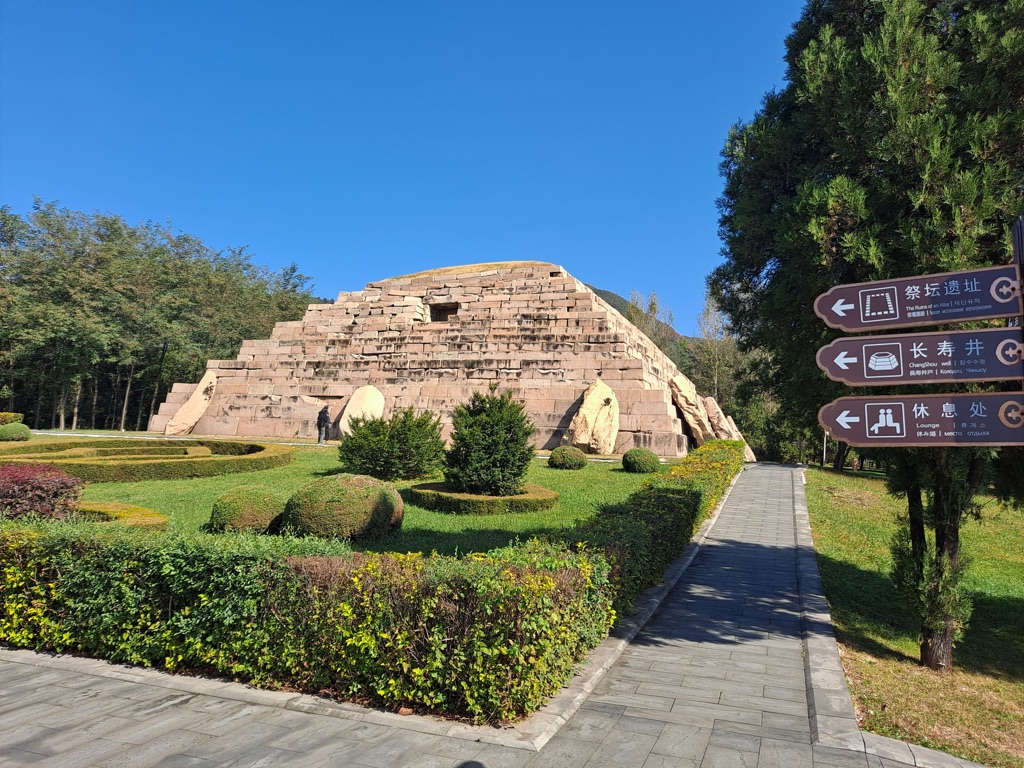The Tomb of the General in Korea, also known as the Goguryeo Tombs, is a fascinating historical site that dates back to the Goguryeo Kingdom. These tombs, located in modern-day North Korea, are part of a larger collection of monuments and burial sites that reflect the culture and beliefs of one of the ancient Three Kingdoms of Korea. The most famous of these is the tomb of the military commander, known as the “General’s Tomb.” It is renowned for its wall paintings and the insight it provides into the life, customs, and military history of the Goguryeo period.
Goguryeo Kingdom
The Goguryeo Kingdom, one of the Three Kingdoms of Korea, was a powerful state that existed from 37 BC to AD 668. It was founded by Jumong, also known as Dongmyeongseong, in the region of present-day Northeast China and the northern Korean Peninsula. Goguryeo was known for its military prowess, having engaged in numerous battles and wars to defend and expand its territory. Its strategic location and strong military capabilities made it a significant power in East Asia.
Throughout its history, Goguryeo was governed by a series of monarchs who played pivotal roles in shaping the kingdom’s destiny. One of the most renowned rulers was Gwanggaeto the Great, who reigned from AD 391 to 413 and significantly expanded the kingdom’s borders through military conquests. His achievements are commemorated in the Gwanggaeto Stele, which provides valuable insights into the history and culture of Goguryeo.
The social structure of Goguryeo was hierarchical, with a ruling class of aristocrats and a system of slavery. The kingdom was known for its skilled warriors and horsemen, which were crucial to its military successes. Daily life in Goguryeo was influenced by agriculture, with rice being the staple food, and the kingdom also had a rich tradition of metalworking and pottery.
Religion played a significant role in Goguryeo society. Early in its history, the kingdom practiced shamanism and ancestor worship. However, with the introduction of Buddhism from China in the 4th century AD, it became the predominant religion, influencing Goguryeo’s art, culture, and architecture. Many Buddhist temples and artifacts from this period have been discovered, showcasing the kingdom’s contribution to the spread of Buddhism in East Asia.
Goguryeo was also known for its impressive fortifications, including the capital cities of Gungnae and Pyongyang, and the formidable Goguryeo fortresses, which were recognized as UNESCO World Heritage Sites. These fortifications played a crucial role in the kingdom’s defense against invasions, particularly from the Chinese dynasties to the south and west.
The kingdom’s decline began in the 7th century AD, culminating in its fall in 668 due to a coalition of forces led by the Tang Dynasty of China and the allied Korean kingdom of Silla. This event marked the end of Goguryeo and the beginning of the Unified Silla period, which eventually led to the unification of the Korean Peninsula.
Despite its fall, the legacy of Goguryeo lives on in Korean history and culture. It is remembered for its military achievements, cultural contributions, and as a symbol of Korean identity and resistance against foreign invasions. The history of Goguryeo continues to be a subject of study and pride among Koreans and scholars of East Asian history.
In conclusion, the Goguryeo Kingdom was a formidable state that played a significant role in the history of Korea and East Asia. Its military achievements, cultural contributions, and the legacy of its rulers, particularly Gwanggaeto the Great, have left an indelible mark on the region’s history. The study of Goguryeo provides valuable insights into the complexities of ancient statecraft, warfare, and cultural exchange in East Asia.

